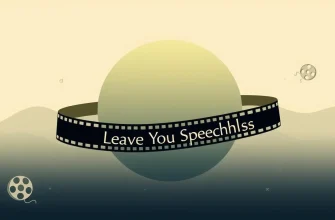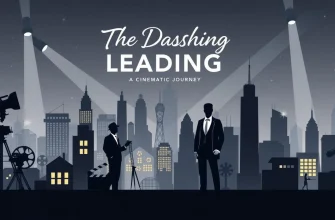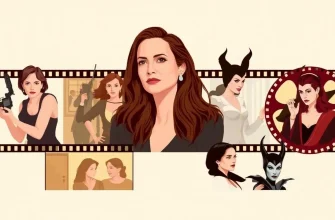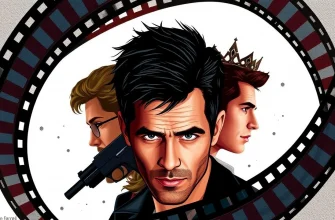- The Battleship Potemkin (1925)
- Doctor Zhivago (1965)
- Reds (1981)
- The Extraordinary Adventures of Mr. West in the Land of the Bolsheviks (1924)
- October: Ten Days That Shook the World (1928)
- The Fall of the Romanov Dynasty (1927)
- Lenin in October (1937)
- The Chekist (1992)
- The End of St. Petersburg (1927)
- The Iron Flood (1945)
This curated selection of films delves into the tumultuous period of the Bolshevik Revolution and its aftermath, providing viewers with a cinematic exploration of one of the most pivotal moments in history. From epic dramas to intimate character studies, these films offer diverse perspectives on the rise of Bolshevism, its leaders, and the societal changes it brought. This collection not only entertains but also educates, shedding light on the complexities of revolution, ideology, and human struggle.
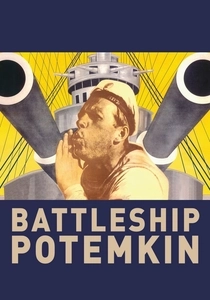
The Battleship Potemkin (1925)
Description: Another Eisenstein classic, this film depicts the 1905 mutiny on the battleship Potemkin, an event that foreshadowed the 1917 revolution, highlighting themes of rebellion and solidarity.
Fact: The famous "Odessa Steps" sequence has been widely acclaimed and parodied in film history.
 Watch Now
Watch Now 
Doctor Zhivago (1965)
Description: While not exclusively about the Bolsheviks, this film captures the personal and societal impacts of the revolution through the life of Yuri Zhivago, a poet and doctor, amidst the backdrop of the Russian Revolution.
Fact: The film was banned in the Soviet Union for its perceived anti-Soviet sentiment.
 Watch Now
Watch Now 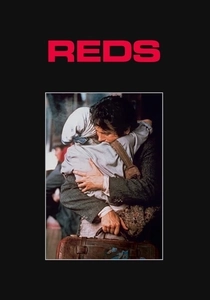
Reds (1981)
Description: Warren Beatty's epic drama tells the story of American journalist John Reed, who documented the Bolshevik Revolution in his book "Ten Days That Shook the World." It provides an outsider's view of the revolution.
Fact: The film won three Academy Awards, including Best Director for Beatty.
 Watch Now
Watch Now 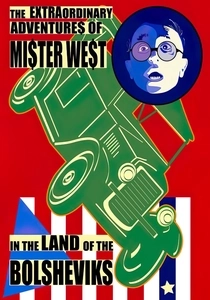
The Extraordinary Adventures of Mr. West in the Land of the Bolsheviks (1924)
Description: A satirical take on the Western perceptions of Bolshevism, this silent comedy follows an American businessman's misadventures in Soviet Russia, offering a comedic critique of both sides.
Fact: It was one of the first Soviet films to be exported and shown in the West.
 Watch Now
Watch Now 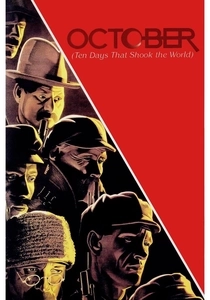
October: Ten Days That Shook the World (1928)
Description: Directed by Sergei Eisenstein, this silent film is a masterpiece of Soviet montage, depicting the October Revolution of 1917. It captures the chaos and fervor of the revolution through innovative editing techniques.
Fact: The film was initially banned by Soviet authorities for its portrayal of Lenin, but later restored and celebrated as a classic.
 Watch Now
Watch Now 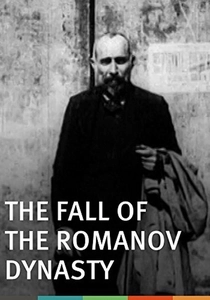
The Fall of the Romanov Dynasty (1927)
Description: This documentary-style film uses archival footage to chronicle the decline of the Romanov family and the rise of Bolshevism, offering a unique historical perspective on the events leading up to the revolution.
Fact: The film was one of the first to use actual newsreels and photographs, providing an authentic visual record of the era.
 30 Days Free
30 Days Free 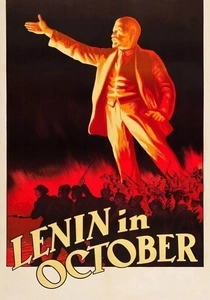
Lenin in October (1937)
Description: This film focuses on Lenin's role in the October Revolution, showcasing his leadership and the strategic planning that led to the overthrow of the Provisional Government.
Fact: The film was made to coincide with the 20th anniversary of the revolution, aiming to reinforce Lenin's image as the central figure of the revolution.
 30 Days Free
30 Days Free 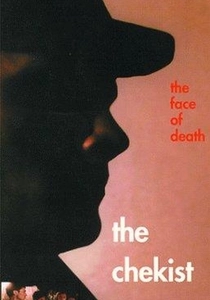
The Chekist (1992)
Description: Set in the early days of the Cheka (the Soviet secret police), this film provides a chilling look at the methods used by the Bolsheviks to consolidate power through terror and executions.
Fact: The film was controversial for its graphic depiction of violence, reflecting the dark side of the revolution.
 30 Days Free
30 Days Free 
The End of St. Petersburg (1927)
Description: This film portrays the life of a peasant who becomes involved in the revolutionary events in St. Petersburg, offering a narrative of personal transformation against the backdrop of historical upheaval.
Fact: It was one of the first Soviet films to use non-professional actors to enhance realism.
 30 Days Free
30 Days Free 
The Iron Flood (1945)
Description: Set during the Russian Civil War, this film explores the struggle between the Red Army and the White forces, focusing on the ideological and military aspects of the Bolshevik fight for power.
Fact: The film was intended to boost morale during World War II by drawing parallels to the Civil War.
 30 Days Free
30 Days Free 




